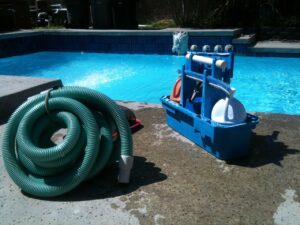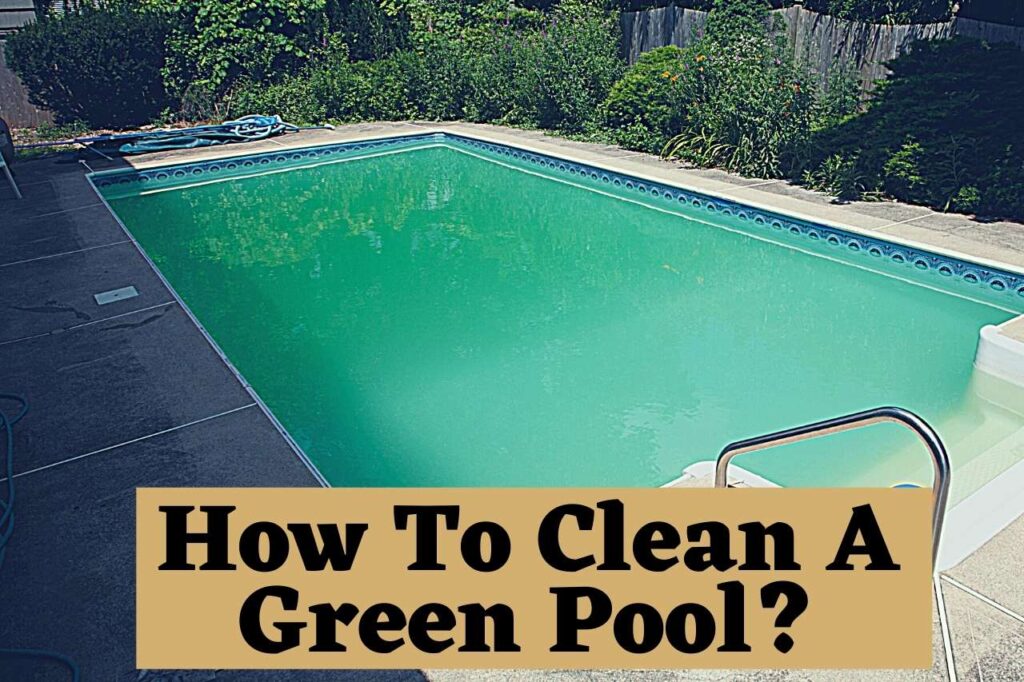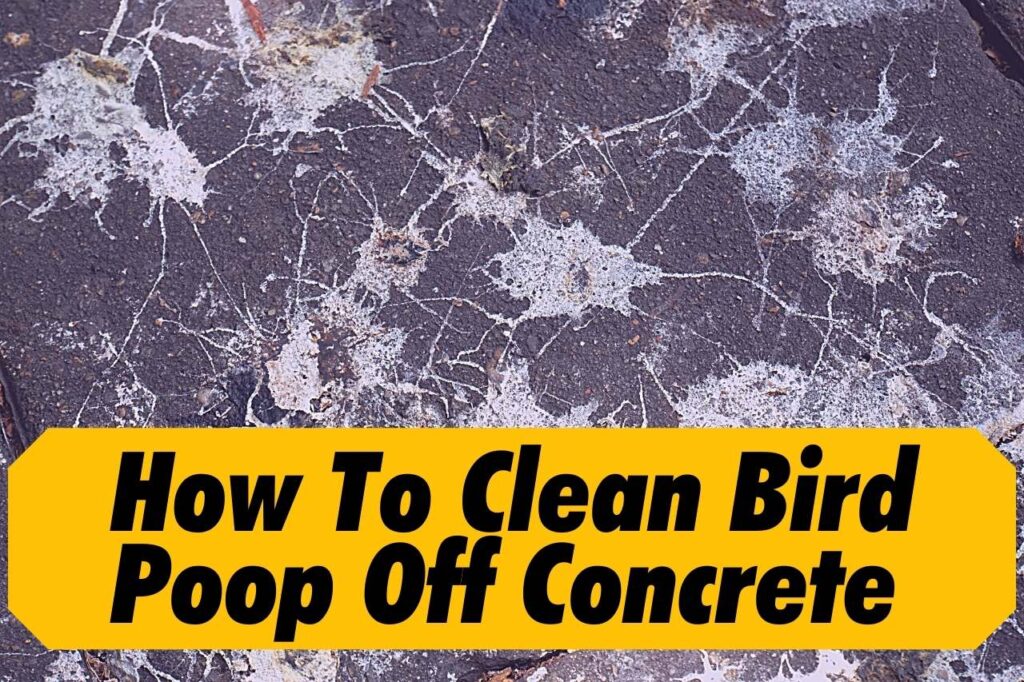Welcome to another insightful session with your trusted home expert. Today, we’re tackling a question that troubles many pool owners: “How long after adding bleach to pool can you swim?” This query may seem simple, but the answer isn’t just a matter of time. It involves understanding how bleach works in your pool, safety considerations, and your pool’s unique characteristics. So, let’s dive into these clear waters of knowledge together and emerge with a better understanding of our swimming pools. Remember, dear friends, a well-maintained pool provides endless fun and relaxation and ensures the safety and health of everyone who takes a dip. So, let’s swim into this together!
The Role of Bleach in Pool Maintenance
Here, we dive into the role of bleach in maintaining the hygiene and clarity of your beloved pool. You might wonder, “Bleach? The same stuff I use for laundry?” Yes, indeed! As a source of chlorine, bleach plays a vital role in your pool maintenance routine.
Bleach, particularly the unscented kind, effectively eliminates harmful bacteria and algae in your pool. When added to the pool water, bleach breaks down and releases chlorine. This chlorine then binds with bacteria, viruses, and algae, destroying them and keeping your pool clean.
But bleach doesn’t just keep your pool clean. It also helps maintain the clarity of your pool water. Everyone loves crystal clear pool water, right? When you add bleach, it reacts with small particles in the water, grouping them together. Your pool filter can then catch these clumps, helping your water stay clear and inviting.
Now, it’s important to remember that bleach is a strong substance. Using it correctly is crucial to ensure your pool remains safe to swim. In the next section, we’ll take a look at how to add bleach to your pool properly. Remember, dear friends, knowledge is power. So, let’s empower ourselves to become the best pool caretakers we can be!
How to Add Bleach to Your Pool
Continuing our swimming pool journey, dear friends, let’s discuss how to add bleach to your pool. It’s not a complex process, but it requires some care. It’s crucial to avoid damage to your pool or harm to swimmers.
First, you’ll want to determine how much bleach your pool needs. As a general rule of thumb, for every 10,000 gallons of water, you’ll need about half a gallon of bleach. However, always consult the product label or a pool professional for specific measurements. Remember, each pool is unique, and these amounts can vary.
Next, you need to add the bleach. Always pour bleach slowly into the pool’s return jets. This method ensures that the bleach disperses evenly throughout the water. It’s crucial to avoid pouring bleach directly onto the pool’s surface as this can cause damage.
After adding bleach, you should run the pool pump for at least a few hours. This action helps to circulate the bleach evenly throughout the water. It also aids in the breakdown of bleach into chlorine, which sanitizes your pool.
Lastly, always take precautions when handling bleach. Use gloves and goggles for protection. If you accidentally spill bleach, clean it up promptly to avoid damage.
By following these steps, you’ll ensure that your pool stays clean, clear, and safe for everyone to enjoy. Remember, dear friends, the key to pool care is patience and precision. In our next section, we’ll tackle the main question: “How long after adding bleach to pool can you swim?” Stay tuned!
The Waiting Game: When Can You Swim?
Now, we’re getting to the heart of the matter, dear friends: “how long after adding bleach to pool can you swim?” The excitement of wanting to dive right back into your clean, sparkling pool is understandable, but it’s crucial to wait for the right moment.
After adding bleach, you’ll need to allow for a bit of a waiting period. This time allows the bleach to circulate, break down, and neutralize harmful bacteria. It’s generally recommended to wait at least 4 hours, but to be on the safe side, waiting overnight is ideal.
However, this time can vary. It’s dependent on factors such as your pool’s size, how much bleach you’ve added, and the strength of your pool pump. A stronger pump can circulate bleach more quickly, potentially reducing your wait time.
But remember dear friends, safety first. Always test your pool’s chlorine levels before taking the plunge. Aim for a chlorine level of 1-3 parts per million. This range is safe for swimming without irritating skin or eyes.
Also, remember to look at the water. It should be clear, not cloudy. Cloudy water could indicate that the bleach hasn’t fully circulated or broken down yet.
Ultimately, patience pays off. A clean, safe, and inviting pool is well worth the wait. In our next section, we’ll discuss how to test your pool water to ensure it’s ready for swimming. Stay tuned, and remember: a good swim is worth waiting for!
Test Before You Swim
Before you and your loved ones dive back into your clean and gleaming pool, there’s one more crucial step, dear friends: testing the water. It’s an essential part of pool maintenance, particularly after adding bleach.
To begin, you’ll need a pool testing kit. These kits are readily available online or at your local pool supply store. They’re simple to use, even for beginners. So, don’t worry; you’ve got this!
Once you’ve got your kit, collect a sample of your pool water. It’s best to collect the sample from about 12-18 inches below the water surface for accuracy. This depth helps to ensure you get a representative sample of your pool water.
Next, follow the instructions on your testing kit. These kits often include reagents or testing strips that change color to indicate the levels of various chemicals in your pool. You’ll want to check for chlorine, pH, and alkalinity levels.
Remember, your chlorine levels should be between 1-3 parts per million for safe swimming. Your pH should fall between 7.2 and 7.6, and alkalinity should be between 80 and 120 parts per million. These levels ensure a comfortable and safe swim.
If your levels are off, you might need to add more bleach or balance your water with other chemicals. When in doubt, consult with a pool professional.
Regular testing, especially after adding bleach, is a great habit for any pool owner. It helps ensure that your pool remains a healthy and joyful place for all to enjoy. Stay tuned for the conclusion, dear friends, where we’ll wrap up all we’ve learned about bleach and swimming pools!
Special Considerations for Sensitive Swimmers
As we journey through pool maintenance, we must remember to consider everyone who will be enjoying the water, especially our sensitive swimmers. You may be asking, dear friends, who are these sensitive swimmers? They could be children, elderly family members, or anyone with sensitive skin or eyes.
Chlorine, including the chlorine created when bleach breaks down in water, can be irritating to some individuals. Hence, it’s essential to consider these individuals when adding bleach to your pool.
First, consider adjusting the chlorine levels. While 1-3 parts per million are generally safe, you might want to aim for the lower end of this range if sensitive individuals will be swimming. Lower chlorine levels can help reduce the chance of skin or eye irritation.
Next, encourage your sensitive swimmers to shower both before and after swimming. Showering before can help prevent the introduction of bacteria into the pool, reducing the need for high chlorine levels. Showering afterward helps to rinse off any residual chlorine that could irritate the skin or eyes.
Also, remind swimmers to wear protective eyewear if they’re prone to eye irritation. And always have a gentle, moisturizing lotion handy for after swimming. It helps soothe the skin and prevent dryness caused by chlorine.
Remember, dear friends, maintaining a pool isn’t just about keeping it clean. It’s also about ensuring a safe and comfortable space for everyone who wants to enjoy it. Let’s round off this enlightening journey in our conclusion. There, we’ll summarize all the essential points about adding bleach to your pool and when you can swim afterward. Stay tuned!
Conclusion
And so, dear friends, we reach the end of our journey: “how long after adding bleach to pool can you swim?” I hope that you’ve found our adventure informative and helpful.
Together, we’ve learned that bleach plays a critical role in keeping our pools clean, safe, and swimmable. But waiting after adding bleach is essential to allow it to work its magic. Usually, an overnight wait ensures the bleach has adequately circulated and broken down. But remember, it’s always important to test your pool water before diving in to ensure safety for everyone.
For those with sensitive skin, a few extra steps can make swimming a more comfortable experience. A pre and post-swim shower, protective eyewear, and soothing lotion can all help counter the effects of chlorine.
Swimming in your own pool is one of life’s great pleasures. And with the proper care and maintenance, it can be a safe, fun, and refreshing experience for everyone. So, arm yourself with your newfound knowledge and dive into the joy of pool ownership. Happy swimming, dear friends!
View our past blog posts:







